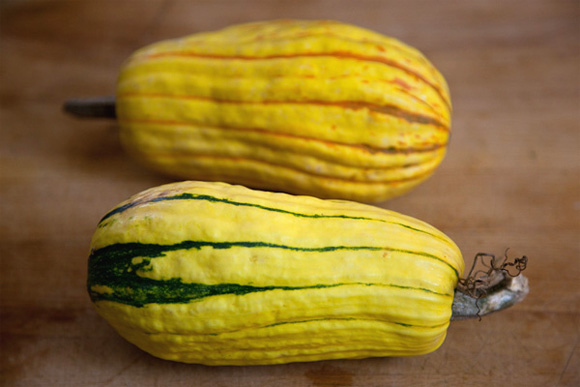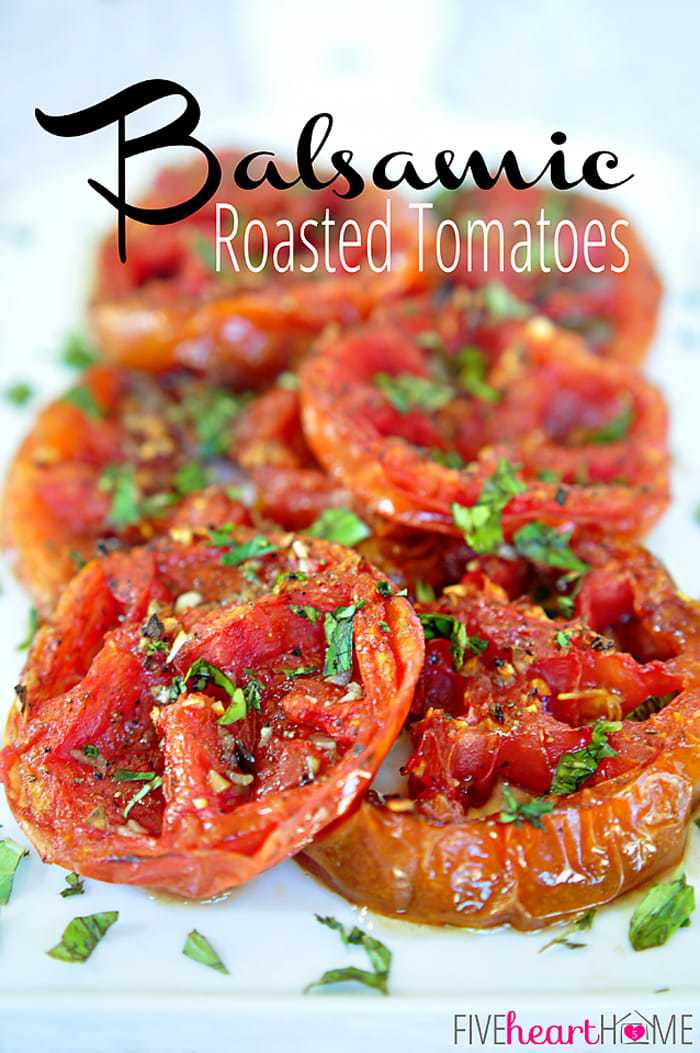Farm Update
Hello everyone!
What to Expect in Your Share This Week
At the regular drop-offs:
| We'll have a small amount of the sweet potato greens in the share this week, so if you're feeling adventurous or love greens, try them out! |
- Choice of cherry tomatoes or beets
- Choice of 4 tomatoes or snap beans
- Choice of carrots or young head lettuce
- Choice of sweet potato greens, cabbage, or kale
- Choice of winter squash or potatoes
- Choice of broccoli or lettuce
- Choice fennel, onion, or shallot
For home/workplace delivery:
A Share: B Share:
Cherry tomatoes Beets
Snap beans 4 Tomatoes
Young head lettuce Carrots
Cabbage Kale
Winter squash Potatoes
Broccoli Lettuce
Shallot Onion
Irrigation on the Farm
If you ask any old farmer, he can probably tell you what the weather was like in any given year during his farming career. My grandpa has a weather-related memory bank that goes all the way back to the mid-1950’s, and every year is a little bit different from every other year. I’ve only been at this farming thing for five years, but I’m already building up my own weather memory bank, because so much of our routines and workload (not to mention our livelihood) is contingent upon what the weather happens to be doing at the moment. This year has been rainier than most, so it seems strange to do an article about irrigation in such a wet year, but even though it has been wet we have irrigated at least one of our crops almost every week since April. Each crop’s needs are different, but the methods we use to irrigate are mostly the same. The biggest water users on our farm are the blueberries and potatoes, which both have to be constantly watered during certain times in their life cycle.
The advantages of the drip tape system are that we can just irrigate
the row where we need the water, and water it very deeply in a short amount of
time. Because we are able to just put it
in the row we need watered (and because the line drips very gently), this allows
us to get around having as many weeds since we are only watering the row. The main reason we had so many weeds this
year is because the plentiful rain watered all of our ground all the time,
instead of our more controlled method of watering when we don’t get such
abundant rainfall. While plants need enough water to grow up healthy, there are
times when more water is not beneficial, like when we withhold water on certain
crops at certain times to improve flavor.
For instance, this time of year we hold back the water on all our
tomatoes so that the stronger tomato flavor and concentrated sugars yield a
superior tasting tomato. (That’s why tomatoes you buy in the store are often
really bland; most of them are raised in systems where they are overwatered,
and it dilutes the flavor.) Irrigating with
the drip tape is also way more efficient (it uses less than 50% of the water of
overhead systems) and also allows us to grow things like lettuce in mid-summer
because of how thoroughly it waters the row.
Compared with overhead irrigation systems, it also allows us to keep
more water off the plants’ foliage, which really helps keep a lot of plant
diseases under control.
If you ask any old farmer, he can probably tell you what the weather was like in any given year during his farming career. My grandpa has a weather-related memory bank that goes all the way back to the mid-1950’s, and every year is a little bit different from every other year. I’ve only been at this farming thing for five years, but I’m already building up my own weather memory bank, because so much of our routines and workload (not to mention our livelihood) is contingent upon what the weather happens to be doing at the moment. This year has been rainier than most, so it seems strange to do an article about irrigation in such a wet year, but even though it has been wet we have irrigated at least one of our crops almost every week since April. Each crop’s needs are different, but the methods we use to irrigate are mostly the same. The biggest water users on our farm are the blueberries and potatoes, which both have to be constantly watered during certain times in their life cycle.
On the farm we use a drip tape irrigation system to water
our crops. This is a 1- inch(ish) wide perforated black plastic tube that comes
on huge rolls and can be cut to any length we need. The drip lines are then laid right up next to
the base of the plants they’re watering, which allows us to water the plants
themselves very thoroughly without watering the weeds that always want to grow
up around them. These tubes are fed by
larger, stronger main lines that are hooked to our well. The well we use is 110 feet deep into the
ground and actually has some ground pressure that lets water into our system
even without the pump (like an artesian well).
However, most of the time we use the pump to give enough pressure to the
system so we can irrigate larger areas of ground at the same time.
 |
Though not one of the most riveting farm topics, irrigation
is definitely crucial not only to growing healthy plants, but also to getting top-notch
flavor and quality. With most veggies being more than 90% water, the water that
is used is very important to the quality and safety of the final product. For most of the world’s farmers, access to
clean, abundant water is a real struggle.
Fortunately, that is not as much of an issue here in the Michigan, where
we are almost entirely surrounded by fresh water and have high groundwater
levels. Just one more thing to
appreciate about the Great Lakes Sate: even in dry years (of which I’m sure
there will be many in my weather memory bank after a few more decades), we’re
able to get each crop the water it needs to have the best possible plant
health, taste, and quality.
Recipes
If you're one of the adventurous types who will be trying the sweet potato greens this week (seriously do! They're so good!), you'll probably want a recipe for them. This is the one we used, and the sauce was phenomenal! (We just skipped the sugar it called for, because we found it really didn't need it.) So enjoy this recipe for Sweet and Savory Sweet Potato Leaves!

















